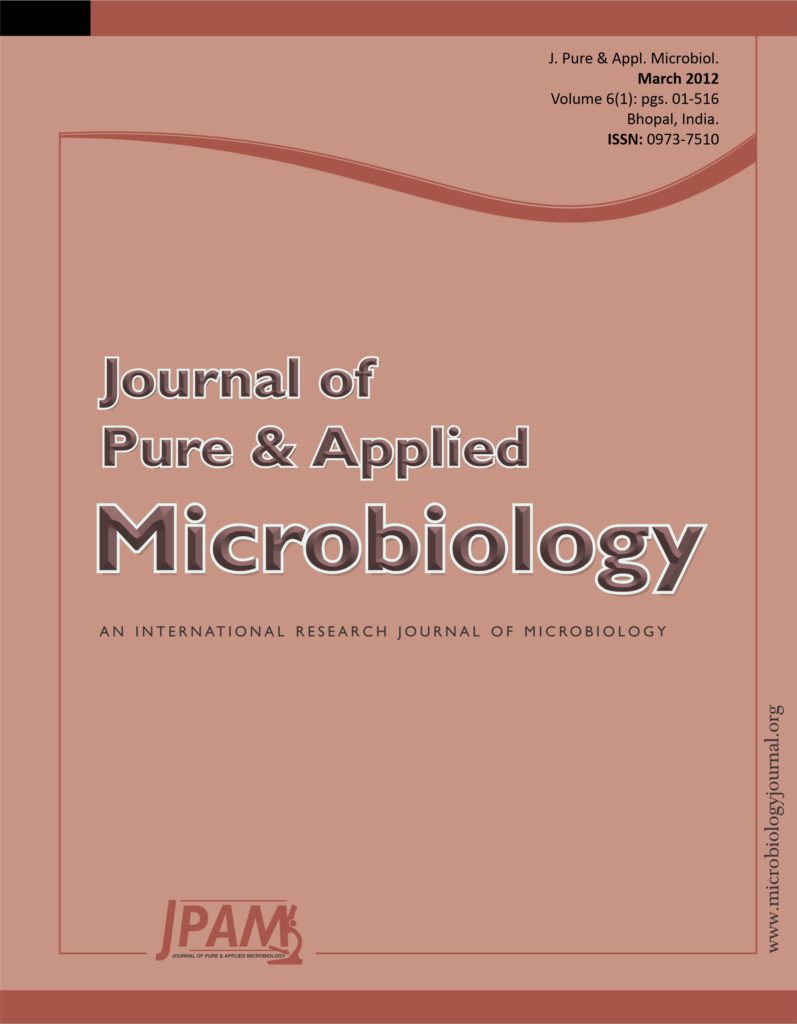The object of this investigation apart from the recognition of the role of fatty acids is the production of arachidonic acid and its extraction from Mortierella alpina as the main source from powdered wasted bread which might be regarded as a good source of nitrogen and carbon for this microorganism. M. alpina was cultivated on a medium containing bread waste, soyabeen oil, emulsifier and mineral salts, with an initial pH of 6.5 and incubation period and temperature of 10 days at 12 °C respectively. It is expected to produce oil and arachidonic acid in respective order of 13.23 and 6.72 (g/L) after optimization of growth conditions and ingredients present in the media. The average efficiency of the oil produced from biomass was 63.54 % where the arachidonic acid (37.6 %) was the predominant fatty acid followed by palmitic (18.6%), oleic (12.72 %) and g- linolenic (5.9 %) in respective decreasing order. Isolation of the nonsaponifiable matter of the produced oil followed by the extraction of sterol and tocopherol fractions separately indicated the presence of cholesterol, desmosterol, condisterol, 24- methyl desmosterol, 24- methylen cholesterol, lanosterol in the sterol fraction and alpha and gamma tocopherols in equal quantities in tocopherol fraction.
Arachidonic acid, Fatty acid composition, Microbial oil, Mortierella alpina, Powdered waste bread
© The Author(s) 2012. Open Access. This article is distributed under the terms of the Creative Commons Attribution 4.0 International License which permits unrestricted use, sharing, distribution, and reproduction in any medium, provided you give appropriate credit to the original author(s) and the source, provide a link to the Creative Commons license, and indicate if changes were made.


